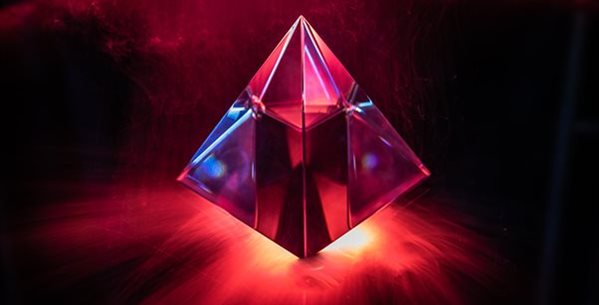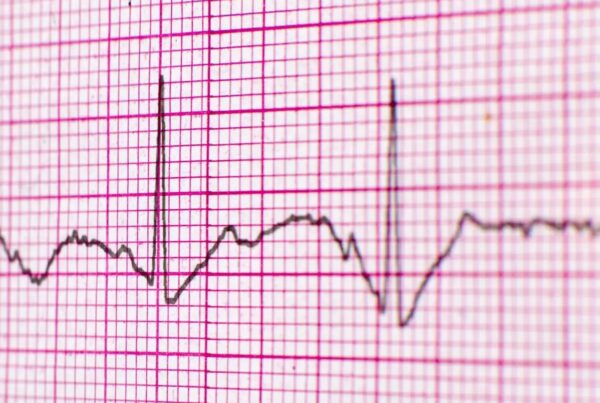Abnormal electrical currents in the heart are a primary cause of many heart diseases. Researchers at the Tokyo Institute of Technology and the University of Tokyo have developed an advanced magnetocardiography technology. This innovative tool can image these electrical currents with millimeter-level precision, providing new insights into heart health and aiding in diagnosing heart diseases.
This new technology uses diamond quantum sensors to detect the heart’s magnetic field with high resolution at room temperature. Unlike traditional magnetocardiography devices that rely on superconducting quantum interference devices and require refrigeration, these sensors operate efficiently without cooling. Successfully tested in experiments with mice, this technology promises to enhance our understanding of various arrhythmias and could lead to better diagnosis and treatment of heart conditions.
“The new quantum sensor can image the heart’s electrical currents with millimeter-scale precision. Utilizing nitrogen vacancies in diamond, this advanced method enables researchers to study cardiovascular diseases in much greater detail.”
On August 23, the research findings were published in the journal Communications Physics under the title “Millimeter-scale magnetocardiography of open-chest living rats.”
Measuring heart currents indirectly and capturing high-resolution magnetocardiograms.
Heart issues like tachycardia and fibrillation are primarily caused by defects in how electrical currents move through the heart. Unfortunately, studying these defects is challenging for doctors, as it requires highly invasive procedures and exposure to X-ray radiation.
Fortunately, there are alternative methods available. One promising option is magnetocardiography (MCG), which allows for the indirect measurement of cardiac currents. This technique detects tiny changes in the magnetic field near the heart caused by these currents without any physical contact.
Various types of quantum sensors have been developed for this purpose. However, the spatial resolution of these sensors is limited to the centimeter level, which is not precise enough to detect cardiac currents that propagate on the millimeter scale. Additionally, each sensor has practical limitations, such as size and the temperature at which it can operate effectively. Despite these challenges, advancements in MCG technology continue to improve its potential for cardiac research and diagnostics. With ongoing research, MCG technology is becoming more refined, offering hope for better non-invasive methods to study heart conditions and improve patient care.
In a recent study, a team of scientists led by Associate Professor Takayuki Iwasaki from the Tokyo Institute of Technology (Tokyo Tech) in Japan has developed an innovative device that performs magnetocardiography (MCG) with higher resolution. This new method utilizes a diamond quantum sensor composed of nitrogen vacancies (NVs). These NVs act as highly sensitive magnetic “centers” that can detect the weak magnetic fields generated by the heart’s electrical currents. This advancement represents a significant step forward in the precise measurement and study of cardiac activity, enabling researchers to explore heart conditions in greater detail and potentially leading to improved diagnostic and treatment methods.

Abnormal electrical currents in the heart are the primary cause of most heart diseases. Researchers at the Tokyo Institute of Technology and the University of Tokyo have developed a groundbreaking magnetocardiography (MCG) technology. This innovative tool can image these electrical currents with remarkable precision, down to the millimeter level, providing new insights into heart health and disease diagnosis.
The new technology employs diamond quantum sensors to detect the heart’s magnetic field with high resolution at room temperature. Unlike traditional MCG devices that rely on superconducting quantum interference devices and require refrigeration, these sensors operate efficiently without cooling. Successfully tested in experiments with mice, this technology promises to enhance our understanding of various arrhythmias, potentially leading to better diagnosis and treatment of heart conditions.
“The new quantum sensor can image the heart’s electrical currents with millimeter-scale precision,” the researchers explain. By utilizing nitrogen vacancies in diamond, this advanced method allows for a more detailed study of cardiovascular diseases.
On August 23, these research findings were published in the journal Communications Physics under the title “Millimeter-scale magnetocardiography of open-chest living rats.”
Heart issues such as tachycardia and fibrillation are often due to defects in the movement of electrical currents through the heart. Studying these defects is challenging for doctors because it typically requires highly invasive procedures and exposure to X-ray radiation.
Magnetocardiography:
Fortunately, alternative methods exist. Magnetocardiography (MCG) is a promising option that enables the indirect measurement of cardiac currents. This technique senses tiny changes in the magnetic field near the heart caused by these currents and does so without any physical contact. While various quantum sensors have been developed for this purpose, their spatial resolution is generally limited to the centimeter level, which is insufficient to detect cardiac currents on the millimeter scale. Additionally, these sensors face practical limitations, such as their size and operating temperature. Despite these challenges, advancements in MCG technology continue to improve its potential for cardiac research and diagnostics.
Professor Takayuki Iwasaki’s innovation device:
In a recent study, a team led by Associate Professor Takayuki Iwasaki Magnetocardiography from the Tokyo Institute of Technology (Tokyo Tech) in Japan has developed an innovative device that performs MCG at a higher resolution. This new method utilizes a diamond quantum sensor composed of nitrogen vacancies (NVs). These NVs act as highly sensitive magnetic “centers” that can detect the weak magnetic fields generated by the heart’s electrical currents. This breakthrough marks a significant step forward in the precise measurement and study of cardiac activity.

View Forex Rate and Gold Rate















